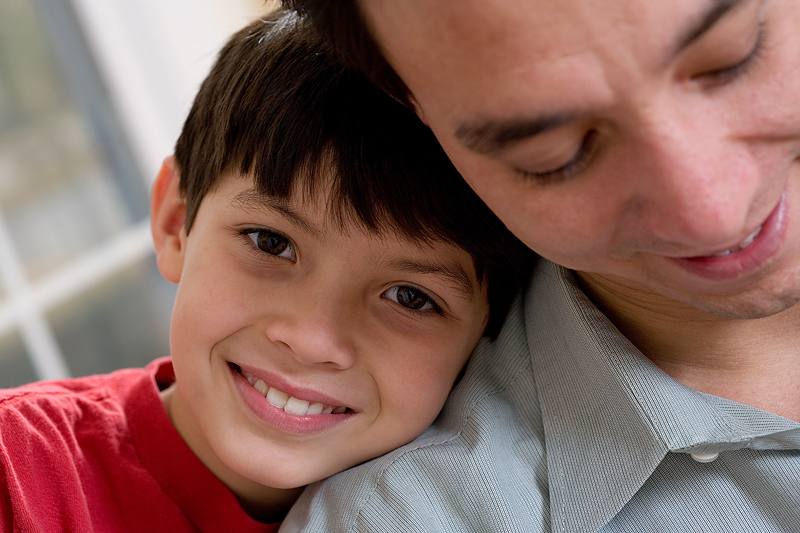
Twice as many young people in the United States could get lung transplants if donor lungs were available from a wider geographic area, a new study contends.
“Children are dying while waiting for an organ. Geography should be one less barrier to pediatric patients receiving a potentially lifesaving transplant,” said senior study author Dr. Maryam Valapour. She is a senior lung investigator at the Cleveland Clinic’s Scientific Registry of Transplant Recipients and director of Lung Transplant Outcomes.
Currently, donor lungs are first offered to transplant candidates near the donor hospital. If there are no local candidates, the lungs are offered beyond the local area in 500-mile radius increments. Child candidates are given priority for child donor lungs within a 1,000-mile radius of the donor hospital, followed by teens and then adults. Teen candidates get priority for teen donor lungs, followed by children and then adults, the researchers explained.
Using data from almost 6,000 lung and 141 heart-lung candidates listed for transplant between July 2009 and June 2011, the researchers created computer models of alternative allocation of lungs from child donors.
Two scenarios led to significantly more lung transplants for children. One focused on broader geographic sharing of teen and child donor lungs by offering teen donor lungs to teens, then to children from the local region up to a 1,000-mile radius before offering them to local adults.
This scenario also offers child donor lungs to child candidates and then to adolescents within a 1,000-mile radius before adults are considered. This model more than doubled the number of teen transplants, to 461 adolescent transplants per 100 patient-years on the waiting list, compared with 206 under current rules, the computer model showed.
The other model gave priority to children over teens for lungs from teen donors, and widened children’s access to teen donor lungs from the local region to a 1,000-mile radius. This change led to the potential for 388 teen transplants per 100 patient-years on the waiting list, and likely increased transplant rates for children, the researchers said.
“We believe these changes will give young patients more access to transplants and will result in organs getting to the sickest patients first,” Valapour said in a clinic news release.
Adult transplant rates were not affected by either model, according to the study published Nov. 2 in the American Journal of Transplantation.
The Organ Procurement and Transplantation Network is reviewing the simulations and will choose one to be the new national policy for allocating children’s lungs for transplantation.
More information
The U.S. National Heart, Lung, and Blood Institute has more about lung transplantation.
Source: HealthDay
Copyright © 2025 HealthDay. All rights reserved.

Leave a Reply